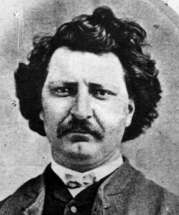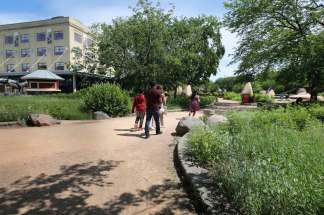Homebound holiday City offers many ways to save your summer vacation
Read this article for free:
or
Already have an account? Log in here »
To continue reading, please subscribe:
Monthly Digital Subscription
$0 for the first 4 weeks*
- Enjoy unlimited reading on winnipegfreepress.com
- Read the E-Edition, our digital replica newspaper
- Access News Break, our award-winning app
- Play interactive puzzles
*No charge for 4 weeks then price increases to the regular rate of $19.00 plus GST every four weeks. Offer available to new and qualified returning subscribers only. Cancel any time.
Monthly Digital Subscription
$4.75/week*
- Enjoy unlimited reading on winnipegfreepress.com
- Read the E-Edition, our digital replica newspaper
- Access News Break, our award-winning app
- Play interactive puzzles
*Billed as $19 plus GST every four weeks. Cancel any time.
To continue reading, please subscribe:
Add Free Press access to your Brandon Sun subscription for only an additional
$1 for the first 4 weeks*
*Your next subscription payment will increase by $1.00 and you will be charged $16.99 plus GST for four weeks. After four weeks, your payment will increase to $23.99 plus GST every four weeks.
Read unlimited articles for free today:
or
Already have an account? Log in here »
Hey there, time traveller!
This article was published 26/06/2020 (1989 days ago), so information in it may no longer be current.
Chances are your summer vacation plans are a shambles — a disappointing mixture of airline vouchers, hotel cancellations and emails seeking refunds.
All that’s left is our own backyards. It’s staycation time and that means it’s time to re-introduce ourselves to Winnipeg.
“If your summer plans have been derailed, not to fear: Winnipeg will save your summer,” says Dayna Spiring, the president and chief executive officer of Economic Development Winnipeg, which oversees Tourism Winnipeg, which — along with Travel Manitoba — has focused its efforts on Manitoba-based tourists for this summer.
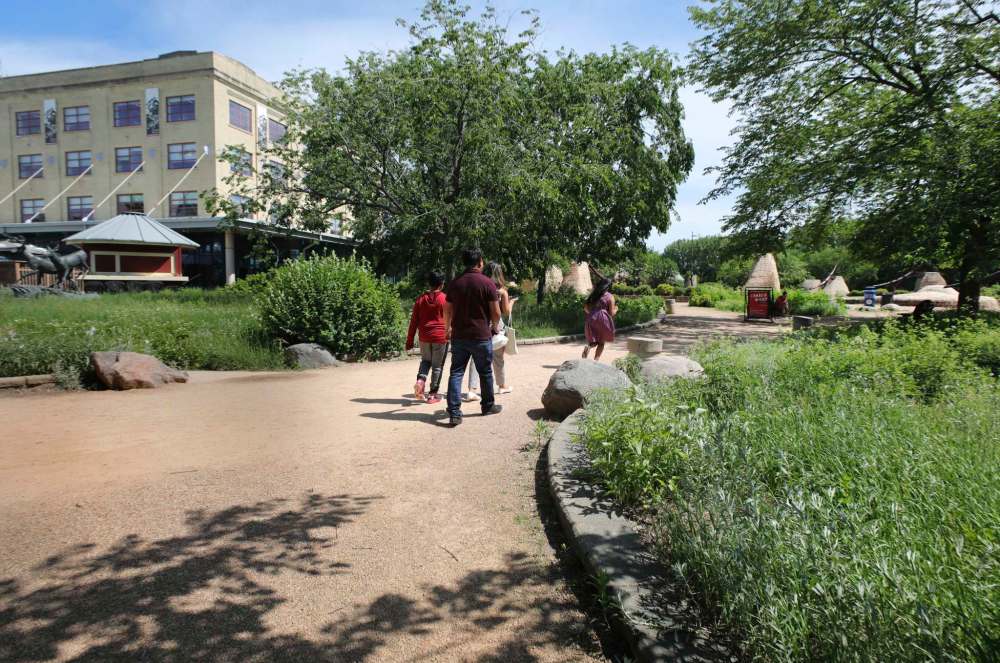
The agency’s 2020 campaign, Summer Saved Winnipeg, offers culinary tips, outdoor adventures, family experiences and even a contest for those who stay overnight at a Winnipeg hotel.
Tag along with this tour of some of the city’s famous and not-so-famous sites.
● ● ●
Winnipeg looks its best right now. The ice and snow are long gone, as is the muddy spring, and our countless trees are sporting every shade of green. The city has invested in nature for more than a century and this summer is the time to cash in our dividend.
Cycling is growing in popularity and cities across North America — including Winnipeg — are trying to keep up. The city has several great bike and hiking trails of varying distances. Sure, the plan to link them up remains a work in progress, but putting one foot in front of another is a great way start your staycation and get some exercise at the same time.
Winnipeg’s big advantage for cyclists is its flatness. There are many smooth tracks similar to the 6.2-kilometre Bunn’s Creek Trail in River East that have few daunting uphill stretches and few dangerous descents that could land folks in an ambulance. They’re scattered around the city.

One of those is Harte Trail in Charleswood, 13.2 km of repurposed railroad track that’s part of the Trans-Canada Trail. It runs from the southwestern corner of the Assiniboine Forest to Headlingley and trees serve as a canopy for hikers and bikers. Adventurous types can link the Harte with the city’s Aspen Trail and the Headingley Grand-Trunk Trail to connect Assiniboine Park to Beaudry Provincial Park and check out its views of the winding Assiniboine River.
For those seeking a quicker bike or hike, the family-friendly Bois-des-Esprits Trail in Southdale offers a 3.1-km round trip along the Seine River through lush forest. It’s so dense here it’s hard to believe bustling St. Anne’s Road and the Southglen Shopping Centre are only a couple of minutes’ walk from the path’s entrance.
Lengthier, but less treed, are the Bishop Grandin Greenway, which parallels Bishop Grandin Boulevard, and the path along the recently completed Southwest Transitway, which connects the South Osborne neighbourhood to the University of Manitoba and IG Field.
Old favourites such as the Bridge Drive-In and the Original Pancake House, as well as new Middle Eastern- and Asian-focused grocery stores and restaurants near Plaza Drive station, are not far off the trail.
Tourism Winnipeg shows off the best of the city centre and adjacent districts with The Loop, a three-and-a-half hour walk. Don’t worry, you don’t have to do the whole thing in one day; you’ve got all summer. The Loop starts at The Forks, goes to St. Boniface, crosses the Provencher Bridge to check out Waterfront Drive, Shaw Park, the Exchange District, downtown, the Manitoba legislature grounds, Broadway and back to The Forks across Esplanade Riel.
Healing Trails — an Indigenous-led project by the Winnipeg Trails Association that is supported by the Winnipeg Foundation, the Trans-Canada Trail and the city — is working on a guidebook and signage for many parts of this route using Indigenous languages such as Ojibwa and Cree as a pathway toward reconciliation.
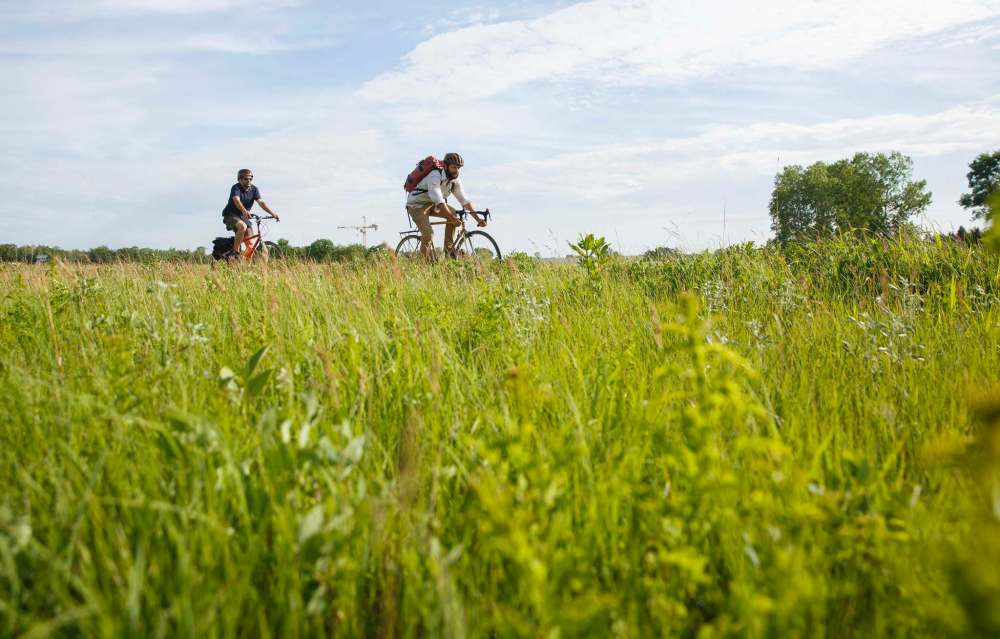
Cyclists with an interest in the past can follow the route of the Métis Manitoba Ride, which visits the The Forks; a memorial to Elzéar Goulet, a Métis leader killed by a mob in 1870; the St. Boniface Cathedral, where Métis leader Louis Riel is buried; Upper Fort Garry; and the Manitoba legislature grounds.
The Forks, the confluence of the Red and Assiniboine rivers, has been a meeting place for Indigenous people more than 6,000 years. The Oodena Celebration Circle — Oodena means “heart of the community” in Ojibwa — is the centrepiece of the national historic site. In recent times, the site has become one of the city’s main tourist attractions, thanks to shops at The Forks Market or the Common food hall.
Spiring says it’s a great place for paddlers, another recreation activity that is gaining popularity.
“For people who want to be outside, get in a canoe, get in a kayak, there’s a lot of places to do that and The Forks is one of those places,” Spiring says.
● ● ●
Randy Bachman and Burton Cummings were to be the headliners of a big Manitoba 150 celebration at the Manitoba legislature grounds today. The concert and Manitoba 150 plans have been set aside until 2021, but the legislature grounds’ combination of history and elegance remains.
The building, which turns 100 this year, is closed, but the grounds around it — which include monuments to Riel, the Famous Five suffragists and a Holocaust memorial — remain open and provide one of the great strolls of the city.

More history was made here on June 5, when the Justice 4 Black Lives rally brought 15,000 people to the legislature grounds to plead for an end to racial injustice.
Two of three key city museums, the Winnipeg Art Gallery and the Canadian Museum for Human Rights, are an easy walk from the legislature. Crews are putting the final touches on the WAG’s Inuit Art Centre, scheduled to open later this year, but Inuit art has a place in three exhibitions — Carving Out a Tradition, Small Worlds and subsist — in the original gallery this summer.
Those exhibitions join Into the Light, an expansive study of the works of Lionel Lemoine FitzGerald, the Winnipeg modernist artist who was a member of the Group of Seven.
The gallery’s Rooftop Sculpture Garden is also open and the Derrick Gardner Quintet will the launch the Rooftop Retreat concert series July 2 at 7 p.m. You need an advance ticket to attend.
The CMHR is welcoming visitors for self-guided tours Tuesday to Saturday; the building itself, designed by American architect Antoine Predock, revolutionized the downtown’s skyline when it was finished in 2008.
The Manitoba Museum, the city’s third major museum, considers the province’s past, whether it’s back to fur trade times with its replica of the Nonsuch sailing vessel, its new Winnipeg Gallery or its exhibition looking back at the Winnipeg General Strike of 1919. The museum is open on Saturdays and Sundays in June, but check manitobamuseum.ca for greater access as the summer continues.
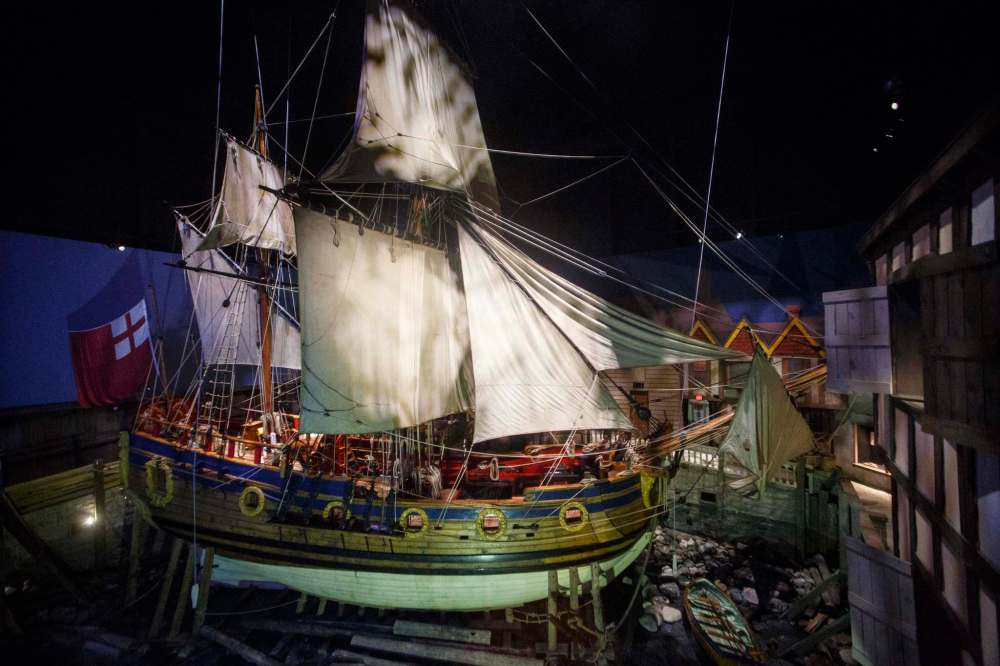
There are several sites downtown and in the North End that commemorate the 1919 strike, whether it’s the Bloody Saturday sculpture outside Pantages Playhouse Theatre or a monument in Lily Street, which was known as Hell’s Alley during the event’s most violent moments.
Another is the Ukrainian Labour Temple at 591 Pritchard Ave., where many labour rallies took place. The 101-year-old hall has been renovated to provide greater accessibility but its striking interior, which has kept the look of its early years, remains.
For North End history of a different nature, there’s always the home where Burton Cummings wrote many hits for the Guess Who (remember Share the Land?) and his solo career. It’s at 89 Landsdowne Ave., but it’s someone’s private home, so don’t knock and expect a tour.
Further west is a museum of a different kind. The Living Prairie Museum (2795 Ness Ave.) has preserved the tallgrass prairie that covered most of Western Canada prior to the arrival of settlers. The 30-acre preserve is host to more than 160 species of prairie grasses and wildflowers, and includes many hiking trails and an interpretive centre.
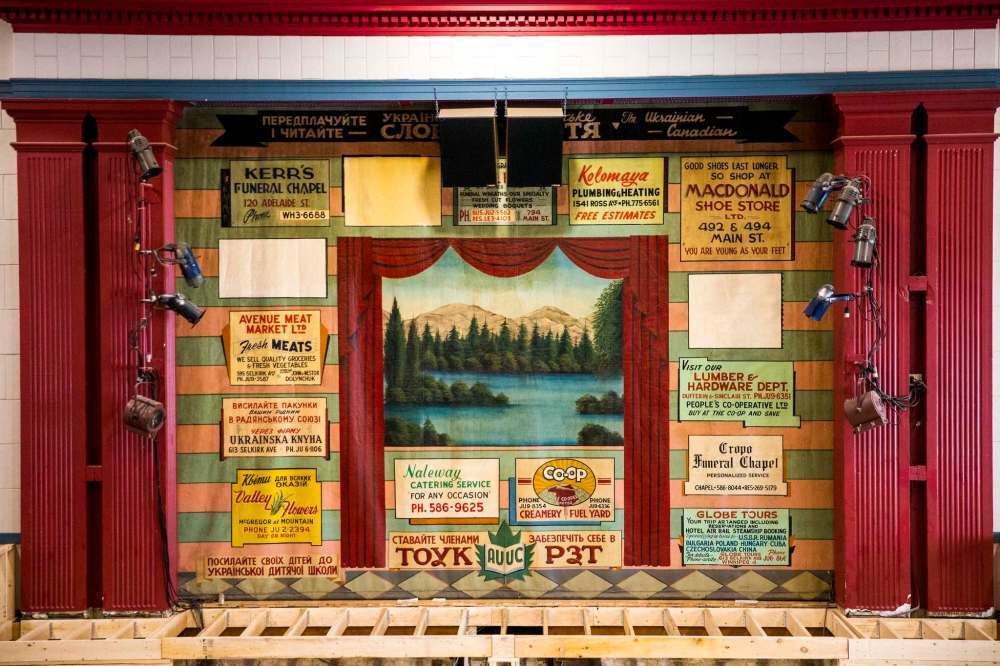
• • •
Winnipeg has dozens of small parks, and many overlook the city’s two main rivers. They include Caron Park in Charleswood, which is on the Assiniboine and includes historic Caron House. Elmwood Park is a sea of greenery on the Red River’s eastern shore amid one of the city’s densest neighbourhoods. It’s almost a pair for Toilers Memorial Park in Fort Garry, which has a view from the western shore of the Red and overlooks Kingston Crescent.
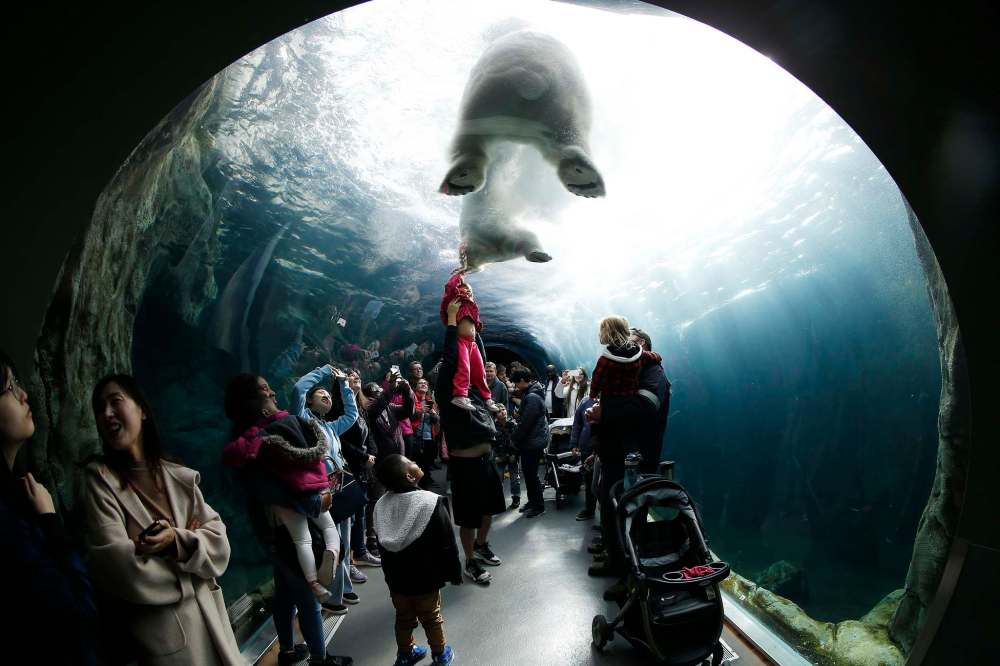
The park is named after the Winnipeg Toilers Basketball team, which played early in the 20th century. It became a park in 1965 to commemorate two of its players who died in a plane crash in 1933.
• • •
There are parks and there are parks, and Assiniboine Park is one of the latter. The 1,100-acre eden has room for the Assiniboine Park Zoo — and its famous Journey to Churchill display of polar bears — the Assiniboine Park Conservancy, the Lyric Theatre, the Leo Mol Sculpture Garden and the Park Café, among others.
The park’s Pavilion is home to the Pooh Gallery, which has a permanent collection of Winnie-the-Pooh art, including the E.H. Shepard oil painting of Winnie-the-Pooh the city bought for $243,000 at a Sotheby’s auction in 2000.
It could take an entire summer to see all the sites in Assiniboine Park. Or it can be enjoyed on one of Winnipeg’s long summer evenings.
It’s also where this staycation tour ends. An old slogan called Winnipeg “One Great City.” Here’s your chance to find out why.
alan.small@freepress.mb.ca
Twitter:@AlanDSmall

Alan Small has been a journalist at the Free Press for more than 22 years in a variety of roles, the latest being a reporter in the Arts and Life section.
Our newsroom depends on a growing audience of readers to power our journalism. If you are not a paid reader, please consider becoming a subscriber.
Our newsroom depends on its audience of readers to power our journalism. Thank you for your support.
History
Updated on Monday, June 29, 2020 1:43 PM CDT: Corrects spelling of E.H. Shepard.





